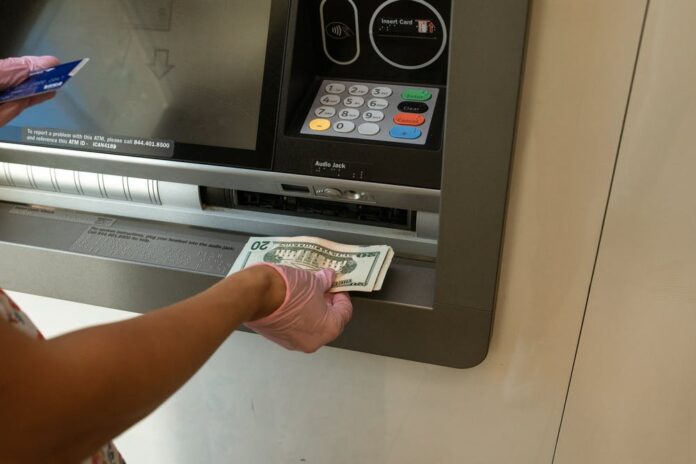By Octavio Marquez
The acceleration to digital banking has set the stage for an evolution of the physical bank branch. At the same time, the economic repercussions of the coronavirus pandemic are pressuring banks to improve efficiency and reduce costs while also seeking ways to better engage with consumers through self-service channels. Adaptable digital devices such as ATMs offer banks a forward-looking opportunity to evolve their physical bank branches in service of these crucial objectives. Amidst all this global change, what exactly can we expect the future of the branch to look like?
According to RBR’s Global ATM Market and Forecasts to 2025 report, the number of ATMs worldwide declined by half a percentage point in 2019. However, excluding the data from China (where alternative payments are increasingly replacing cash transactions), there were 15,000 more ATMs in operation around the world at the end of 2019 than in 2018.
The firm forecasts that while COVID-19 may cause growth to slow in 2020, the number of ATMs in most countries will increase over the next five years. A recent report from Deloitte even predicts that following COVID-19, there will be “more standalone ATMs with additional servicing capabilities where branches once were.” This additional functionality will enable ATMs to handle virtually any transaction making the self-service channel more cost-effective for the bank and more convenient for consumers.
Here are three of the emerging capabilities that may define the future of the physical bank branch:
Interactive video tellers
Video-enabled, self-service transactions play a key role in shaping the future of the branch experience. The imperative to practice social distancing prompted many banks to introduce – or in some cases reintroduce – interactive video in order to help maintain the safety of their staff and customers, and provide the ability to continue servicing customers.
However, video also enables branches to offer extended hours, providing greater accommodation and flexibility for busy consumers. And when delivered as a cloud-hosted, as-a-service offering, the capability reduces total cost of ownership and reduces the bank’s risk of operating their own infrastructure. More importantly, interactive video tellers add value to ensure personalized experiences and preserve the “human touch” element that many consumers value from banking at a physical branch – something that’s been missing during the pandemic.
Touchless transactions
Consumers’ interest in completing touchless transactions, whether at the ATM or other self-service channels, has been accelerated due to the pandemic. The potential for touchless functionality extends far beyond payments. By pre-staging transactions, the need for those making business cash deposits to go to a branch during opening hours diminishes. Using an app, business owners can have their deposit pre-authorized, with a code confirming the request that is then used at a deposit-taking ATM (which runs 24/7) to identify and reconcile the deposit.
The noted contact for the account receives both an e-receipt and confirmation of the cash drop. This functionality is both safer under current guidelines and more efficient for the bank. While these initiatives are not common at the moment, we expect to see them trending upwards in the near and medium term.
ATM transactions via mobile app
During the pandemic, banks have seen a surge in consumers taking advantage of online banking and mobile apps to perform transactions they may have previously conducted in-person with a bank teller or at an ATM, such as depositing checks and transferring funds. One 2019 study found that nearly half of U.S. banking customers either never used their banks’ mobile apps or used them infrequently. Fast forward to 2020 and 30% of consumers surveyed said they have increased their usage of mobile banking apps during the pandemic.
By continuing to supplement tellers and ATM services with mobile apps, banks can focus tellers on more complex transactions that require personal attention. A robust mobile app can also help banks improve the customer experience by reducing wait times at reopened branch locations.
Digital transformation that was already underway in the financial services industry has now been accelerated. Now, as banks reopen physical branches or decide to close certain branches, their next challenge is to integrate digital with in-person banking journeys to fully optimize the customer experience. From updated ATMs, to mobile apps, to virtual bank tellers, banks are adopting new tools and technologies to drive innovation as they welcome customers back to newly-enhanced physical branches.






















